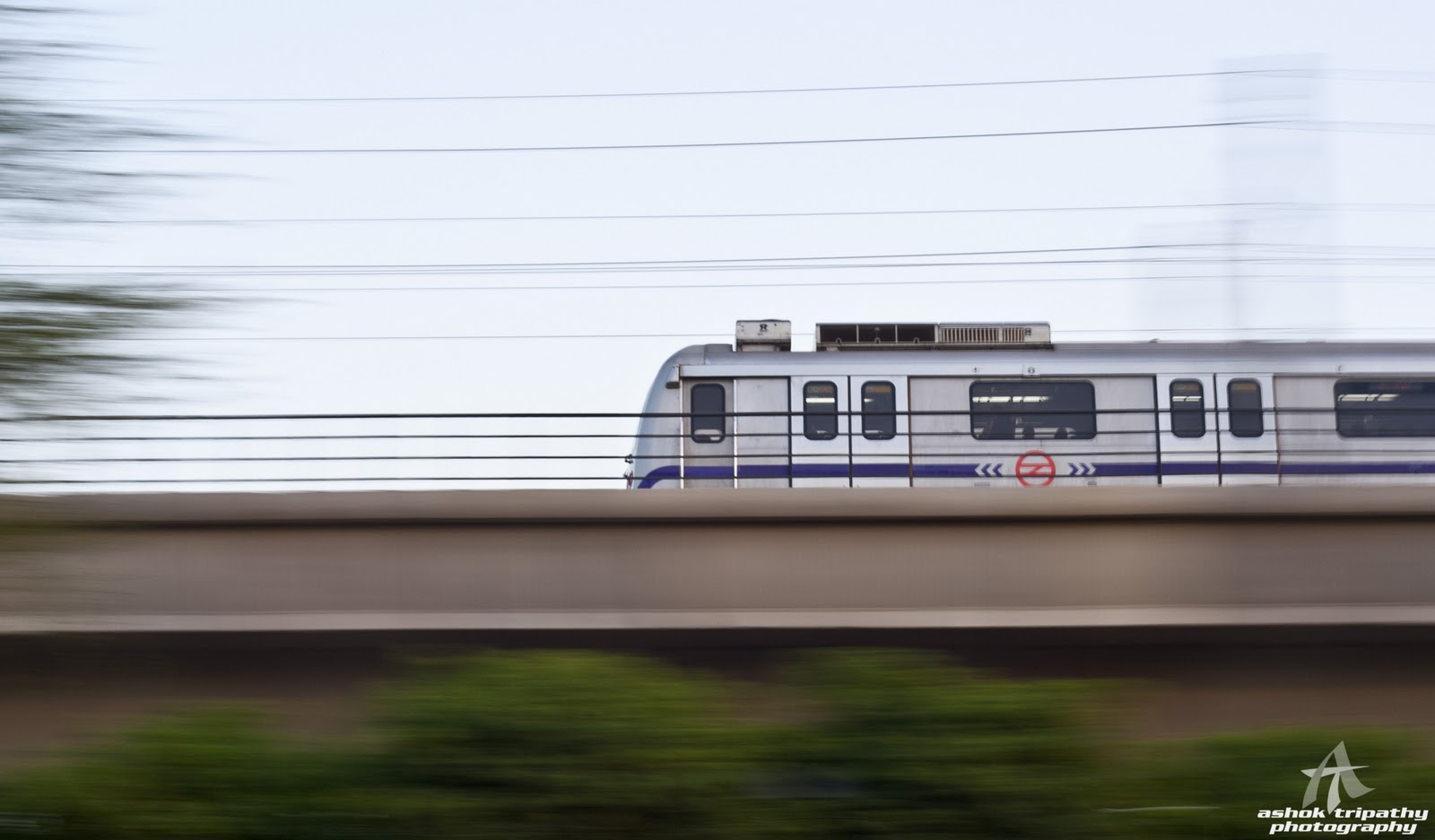WAG–6WAG-6A.Photo by Dr.MSM Saifullah WAG-6A models are from ASEA (bodies by SGP in Austria and transported to ASEA, Västerås, Sweden on freight wagon type bogies. Trivia: The second body (26001) passed Malmö in southern Sweden on 1987-09-01). ASEA had a specially constructed piece of 1.676m Indian broad-gauge line to allow testing of the locomotives before delivery. Delivery was to Göteborg harbour on standard-gauge bogies, where they were fitted with broad-gauge bogies before they were placed on board. The first shipping was planned to begin December 1987 with another batch in January 1988, although the actual shipping dates were probably later. The WAG-6B and WAG-6C models are from Hitachi. They are all 6000hp locos with thyristor-controlled DC traction motors. Until about 1993 they were the most powerful freight locos in IR's fleet. The development of this technology (chopper control) stopped when the (better) AC motor technology was introduced in IR in the form of the WAP-5 and WAG-9 locomotives.
Six bogie-mounted separately excited DC traction motors are used, and speed control is via the manipulation of the phase angle by a thyristor converter and a separately powered field coil. Microprocessor control with ground speed detection (slip control) and creep control system to maximize adhesion. Air brakes for loco and train; dynamic brakes provided. WAG-6A and WAG-6B locos have Bo-Bo-Bo wheel arrangements, whereas the WAG-6C locos have a Co-Co arrangement. The WAG-6 series locos are the only ones with 'vestibules' to connect between MU'd locos. WAG-6A locos have half-height vestibules and WAG-6B and WAG-6C locos have full-height vestibules.
The WAG-6A body shells were built by SGP in Austria; the rest of the locos were built and the entire units assembled in Västerås, Sweden by ASEA. ASEA constructed a special length of 1.67m (BG) track for testing these before delivery. The locos were fitted with BG bogies at Göteborg harbour after being transported there on standard gauge bogies. The first WAG-6A was delivered around December 1987 and the remaining five in January 1988.
WAG-6B.Photo by Dr.MSM SaifullahAll WAG-6 locos were (are [1/04]) at Waltair (Vishakhapatnam) and have generally been used for ore freights and material trains on the Kirandul-Kottavalasa line. Until about 1999 or 2000, they were in regular service, although maintenance problems began affecting their service from about 1997. Later, repeated problems have been experienced with the unavailability of spare parts which kept them from getting needed periodic overhauls. In Oct. 2002 the WAG-6A were technically suspended from operations for POH for a while. Most of the WAG-6B and WAG-6C were also similarly suspended at different times.
However, many of them still labour on – see below. Spare parts have since been ordered for them [12/03] as special case procurement in some cases, and indigenous manufacturers have been invited to duplicate parts that are no longer available from the original manufacturers. In some cases parts are cannibalized from one loco for another. A particular electronic card for the on-board computer is said to be [1/04] in severe short supply and unavailable from ABB and Hitachi; ECIL and DRDO are attempting to duplicate them. It is alleged that these locos were procured by the Railway Ministry without consultation with RDSO, hence the problems with maintenance and spares. For political reasons, it is also considered not feasible to simply scrap these locos right away.
Status [1/04] WAG-6A locos #26000, #26001, #26002 and #26005 were in working order and used on the KK line. #26003 and #26004 were awaiting POH. WAG-6B locos #26010, #26011, #26012 and #26013 were under POH. #26010 went on a trial run to S. Kota and returned with some minor problems but will be ready to re-enter service MU'd with #26011 which is almost ready. WAG-6B locos #26014 and #26015 were waiting their turn for POH. Of the WAG-6C locos, all six (#26020 - #26025) were in regular use on the KK line; one or two of them have shown issues with wheel slip.
Status [8/05] Of 18 locomotives, 14 are said to be in service, 2 getting their POH, and 2 are out of service awaiting POH.
The WAG-6A models are said to be upgradable to 160km/h but IR never tried this out. All WAG-6 variants can be used in MU pairs but not with more than 2 locos.
Traction Motors: ASEA make (WAG-6A), L3 M 450-2. Six motors, fully suspended, force-ventilated, separately excited, 3100kg ; (WAG-6B) Hitachi HS 15556-OIR, bogie mounted, force-ventilated, compound-wound, 3200kg ; (WAG-6C) Hitachi HS 15256-UIR, axle-hung nose-suspended, force-ventilated, compound-wound, 3650kg.
Transformer: (WAG-6A) ASEA: TMZ 21, 7533kVA; (WAG-6B/C) Hitachi AFIC-MS, 6325kVA.
Thyristor controller: (WAG-6A) 24 YST 45-26P24C thyristors each with 24 YSD35-OIP26 diodes, 2x511V, 2x4500A; (WAG-6B/C) 32 CGOIDA thyristors each with 24 DSP2500A diodes. 2x720A, 850V.
Pantographs: (WAG-6A) Two Stemman BS 95; (WAG-6B/C) Two Faiveley LV2600
Comparative Specifications





























